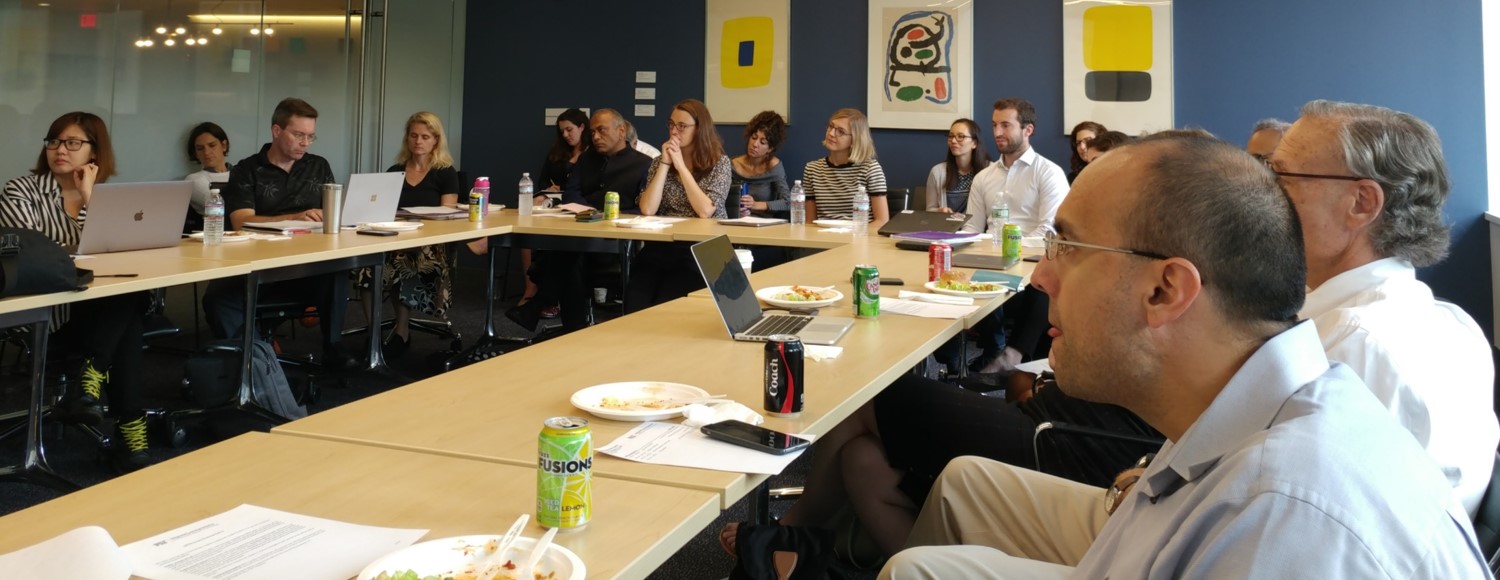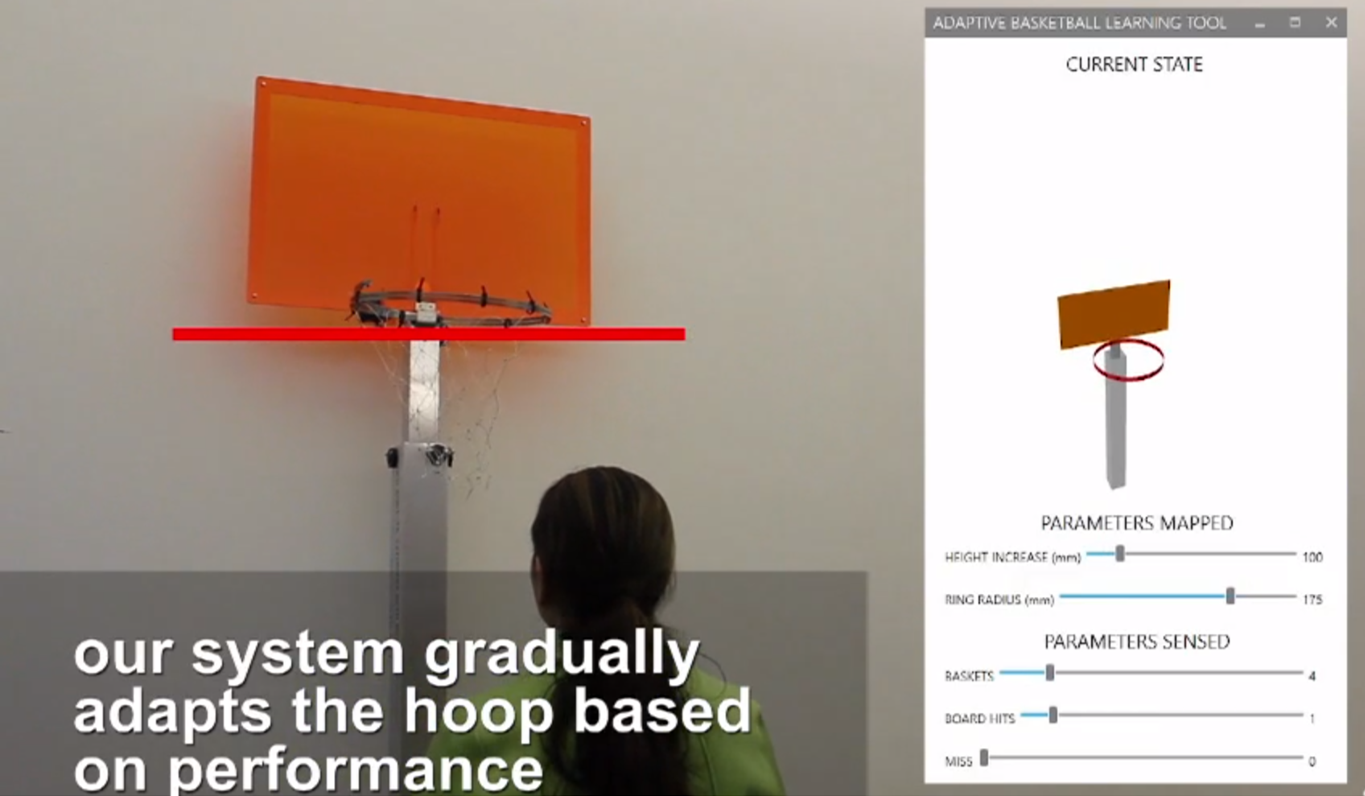
Members of the MIT Integrated Learning Initiative (MITili) and affiliated faculty convened to discuss learning research and the research they have undertaken to make learning more effective. Professor Sanjay Sarma, Vice President of Open Learning, kicked off the meeting by welcoming everyone to the MITili team and congratulating them on their success in a very competitive grant process. “We had twenty-three proposals and you were the best of that very talented field.”
Dr. Hae Won Park spoke first about her work as the co-Principal Investigator, with Cynthia Breazeal of the Media Lab, investigating dialogic co-reading interactions for improving child-parent conversational turn-taking. “Language learning is cognitive, social, affective, and relational,” Park said. Her team is using a host of technological tools to find ways to make early conversation easier while maintaining emotional learning and memory consolidation. This can also help parents ask good questions to keep the conversation going, building on MITili Faculty Director John Gabrieli’s work around conversational turns.
Next, Dr. Eva Ponce spoke of the work she and Dr. Chris Caplice are doing to convert “zombies” into learners--that is using interventions to get non-participating learners engaged in online courses. Their work is focused on first predicting what type of learner is most likely to drop out, then finding subtle interventions that will reduce the drop-out rate. The research could have broad implications for online learning platforms such as edX who provide free massive, open, online courses (MOOCs) that have low completion rates for non-paying learners.

Following Dr. Ponce, Kyle Keane from the Department of Material Science and Engineering spoke about his team’s project: The impact of infusing computation and visualization into introductory physics subjects. “Our goal,” Keane says, “is to give appropriate interventions based on personalization.” The team adds coding into physics examples to reinforce learning. Their hope is that the addition of coding to understand physics will enhance the “stickiness” of the learning stick.
Dr. Esther Duflo then presented on her project running field experiments combining education and cognitive science. Duflo and her team are studying the impact of games featuring non-symbolic and symbolic problems for learning math in India. The project will extend their small pilot to over 140 schools throughout Delhi.
Dr. Pawan Sinha next spoke on his team’s project: enhancing learning via ”novelty insertion.” The idea is to employ the neuroscience of learning to create more effective pedagogical approaches. His team has long studied the links between basic neuroscience and teaching and pedagogy. An interesting example of this is his work with children born without vision or who lose it early in their life. If vision can be restored when they are older, Sinha’s team finds that the brain’s tremendous neuro-plasticity adapts to process the massive added visual stimulus far past what traditional ideas suggest about the brain’s ability to do so. The team plans to use these findings of plasticity to measure learning accompanied by insertion of novel stimulus, insertion of familiar stimulus, and no insertion at all.

Finally, Stefanie Mueller and her research partner Dishita Turakhia presented their approach to using adaptive physical tools to improve learning effectiveness. Once example, as demonstrated by this video, is to have a basketball hoop measure the progress of a person taking shots. The ring radius can become larger or smaller based on performance, as well as the ring height. Once the learner performs a task well enough, the ring will rise and shrink to a more difficult level.
To see more about the important education research undertaken within MITili, you can read the grant summaries, subscribe to our newsletter, and read about our past and current research projects.